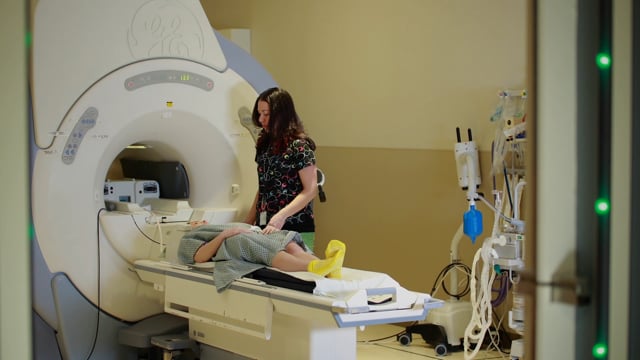Mri Scan Body Biology Diagrams Uses of MRI Scanning. Magnetic resonance imaging can produce highly sophisticated and highly detailed images of the human body. Generally speaking, MRI scanning is excellent for visualising soft tissue - and so it is often used in the detection of tumours, strokes and bleeds. It also can be used to visualise the functionality of suspected masses and tumours through IV, gadolinium-based agents.

Peter S. Liu, MD, Guest Editor Much like the central role of mathematics in science and engineering, anatomy forms a basic building block and universal language for the field of medicine. Magnetic resonance imaging (MRI) provides exquisite anatomic detail through its superior tissue contrast, flexible imaging planes, and tissue-characterization capabilities. Normal chest x ray. Radiological anatomy is where your human anatomy knowledge meets clinical practice. It gathers several non-invasive methods for visualizing the inner body structures. The most frequently used imaging modalities are radiography (X-ray), computed tomography (CT) and magnetic resonance imaging (MRI).X-ray and CT require the use of ionizing radiation while MRI uses a magnetic Visible Human Male. The Visible Human Male data set consists of MRI, CT, and anatomical images. Axial MRI images of the head and neck, and longitudinal sections of the rest of the body were obtained at 4mm intervals. The MRI images are 256 by 256 pixel resolution with each pixel made up of 12 bits of gray tone.

Body MRI Approach: Guide for Common Indications Biology Diagrams
Understanding the hypothalamus is crucial due to its central role in maintaining body homeostasis. This small but complex brain region influences numerous physiological processes, impacting overall health and well-being. Advancements in MRI technology have enhanced our ability to study the hypothalamus's intricate structure and functions.

The slide presentation demonstrates an approach to body MRI for common indications in the abdomen and pelvis, incorporating clinical information, knowledge of imaging patterns, and various scoring paradigms. Suggested Readings. Chung R, Garratt J, Remer EM, et

Hypothalamus MRI: Anatomy, Functions, and Clinical Insights Biology Diagrams
Learn anatomy faster with our 3D human anatomy models. Over 400 models, by region, by structure and by system. TeachMe Anatomy. MRI; Areas. Scalp; Cranial Fossae; Pterygopalatine Fossa; Infratemporal Fossa; Mastoid Fossa; Bones. Skull; 3D Human Body; 3D Human Body. Complete Anatomy. Male Body; Female Body; Anatomy by Region. Thorax
